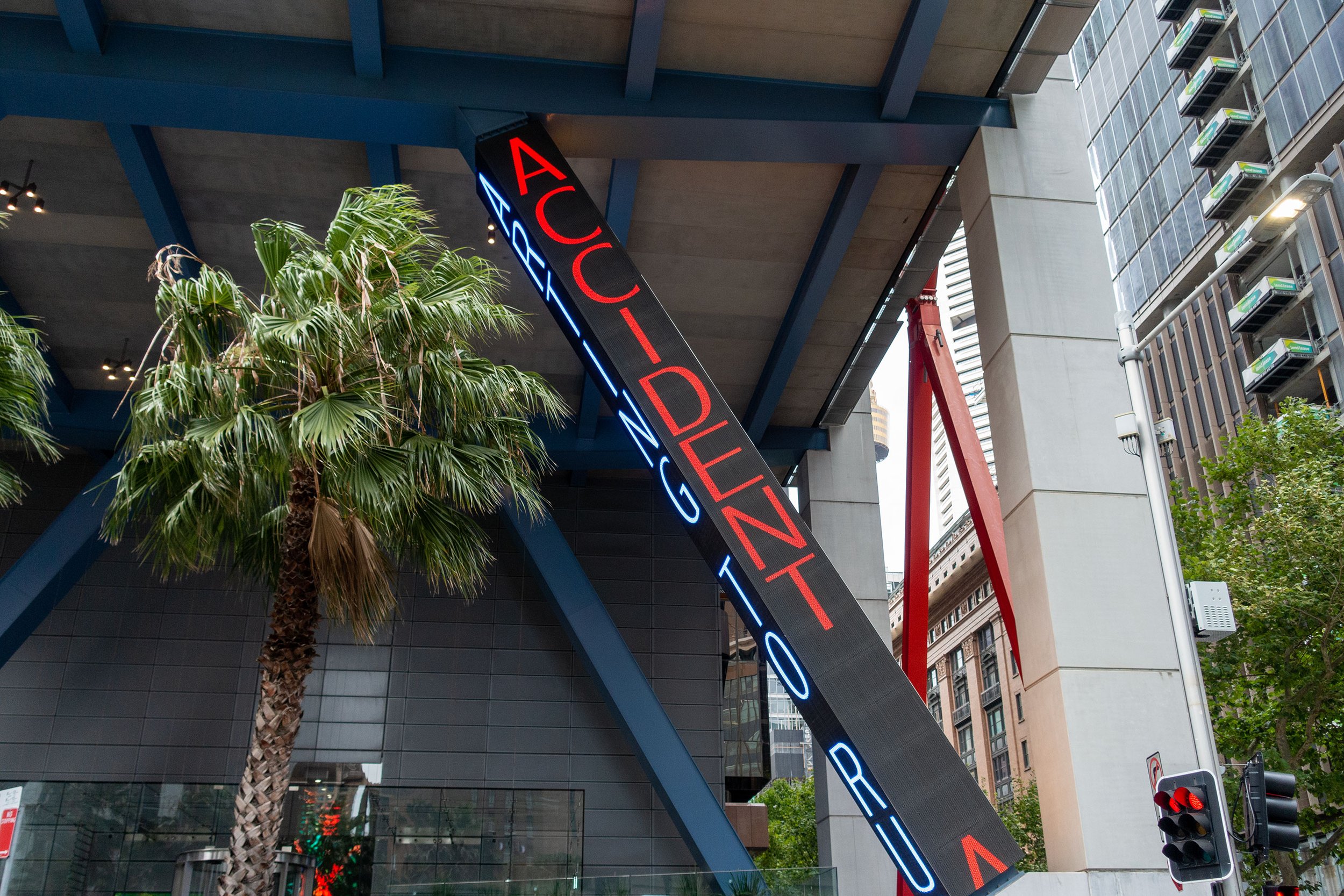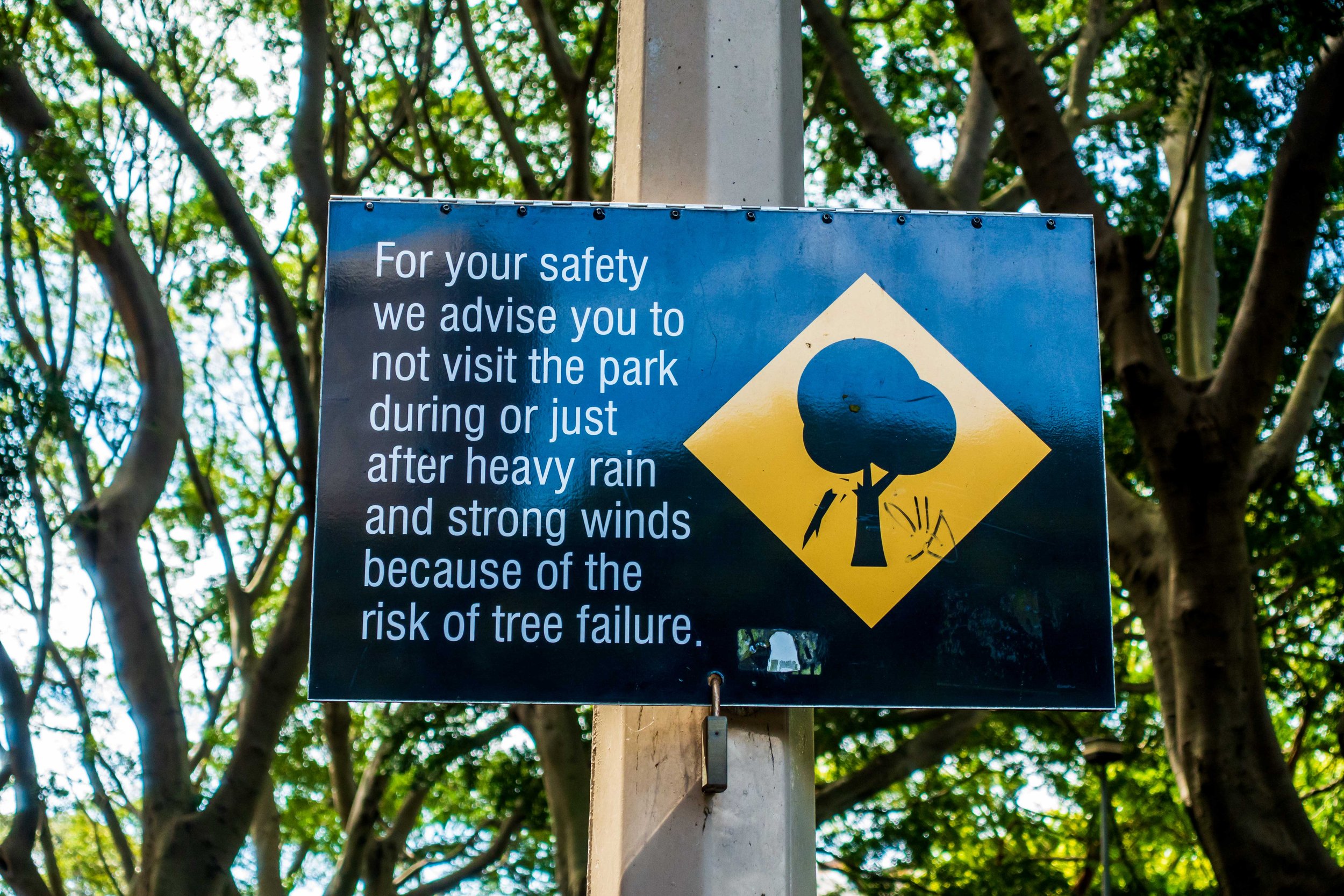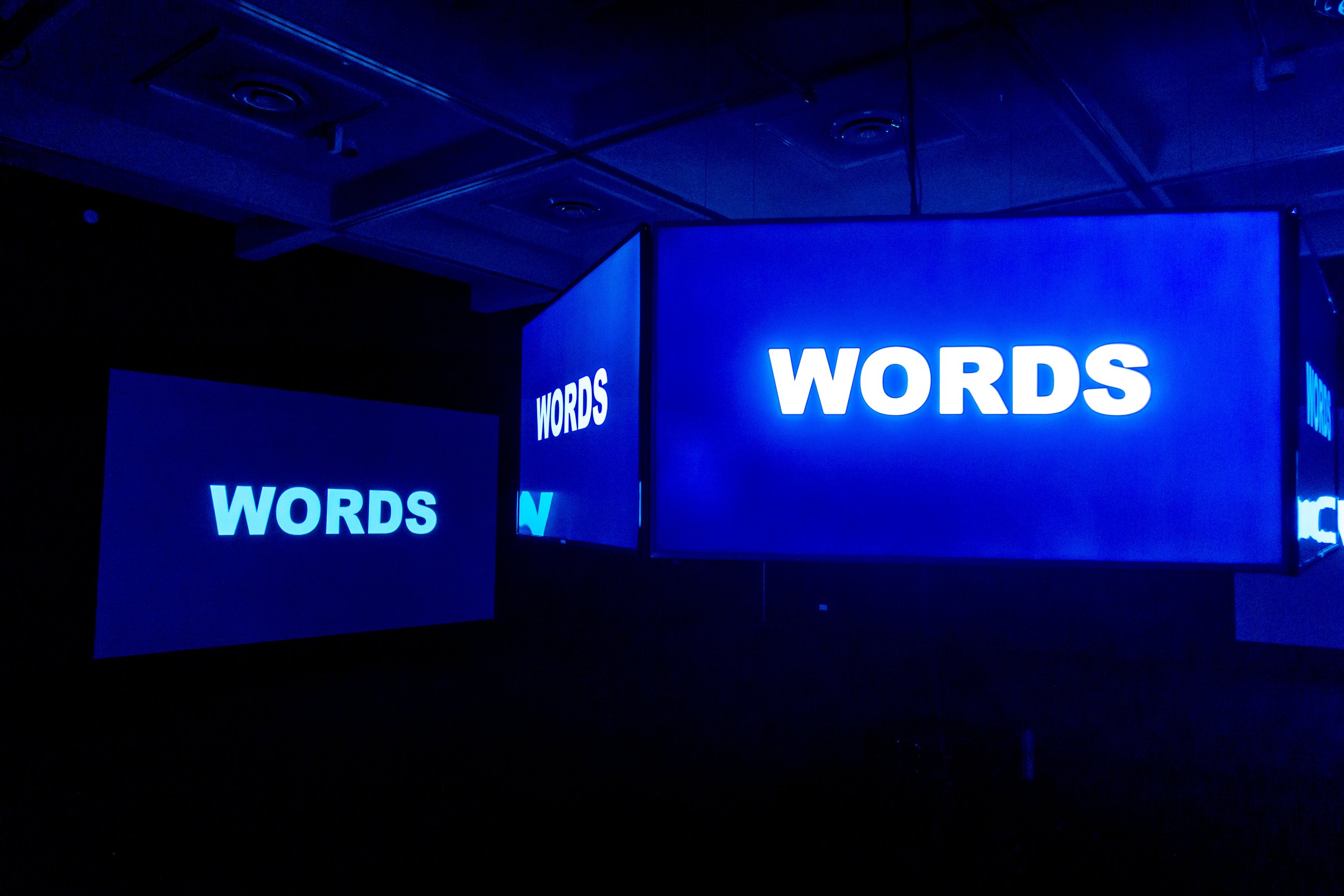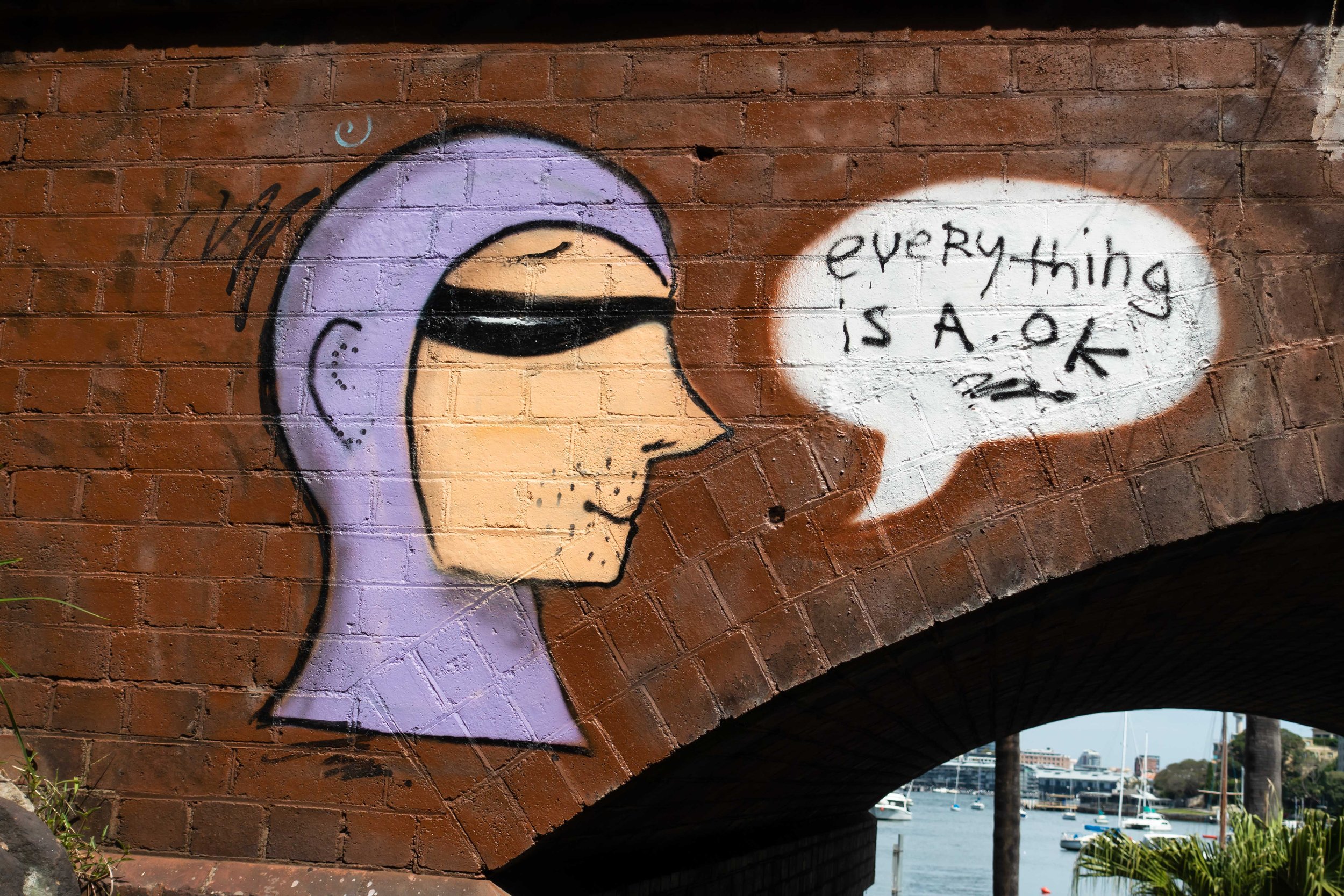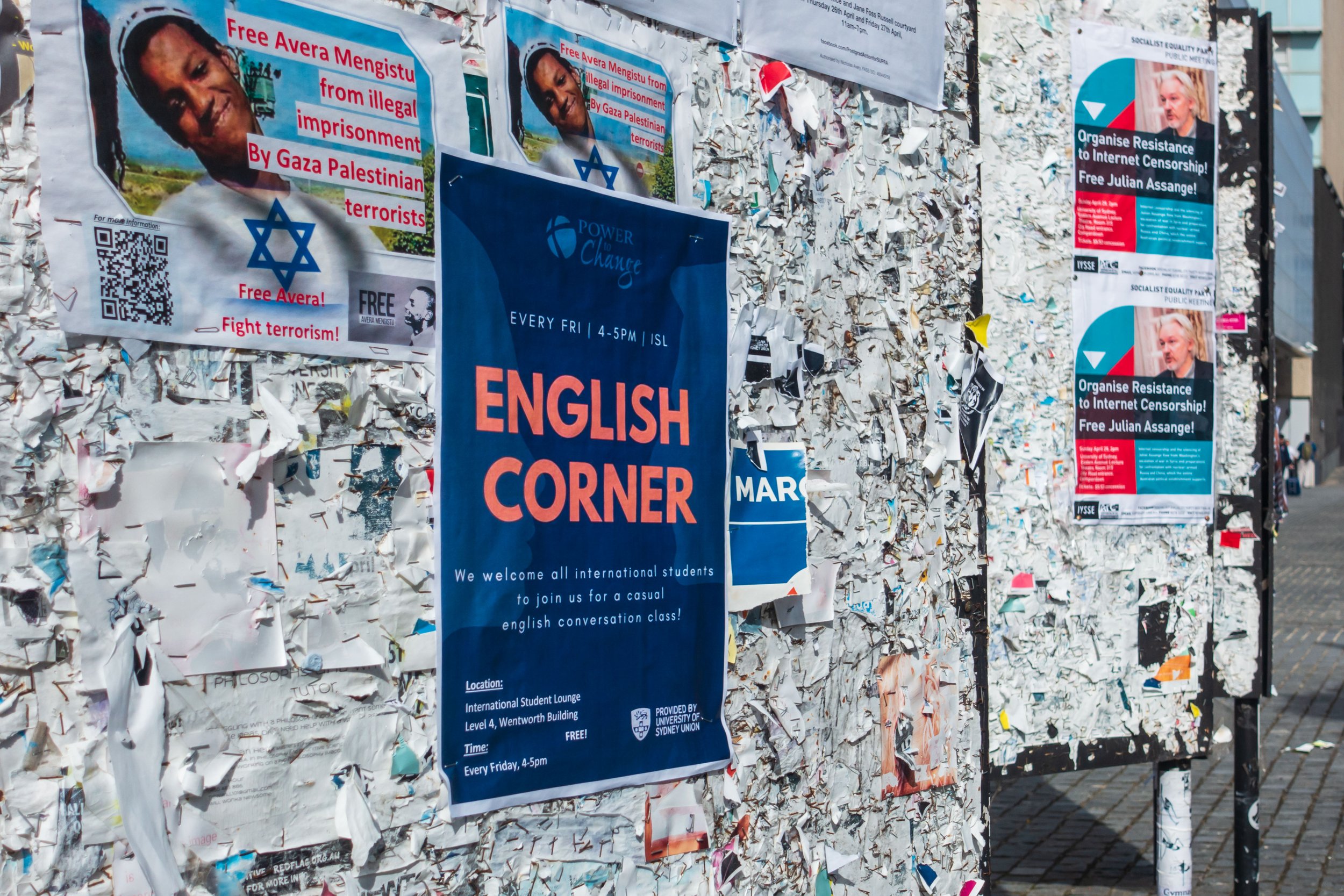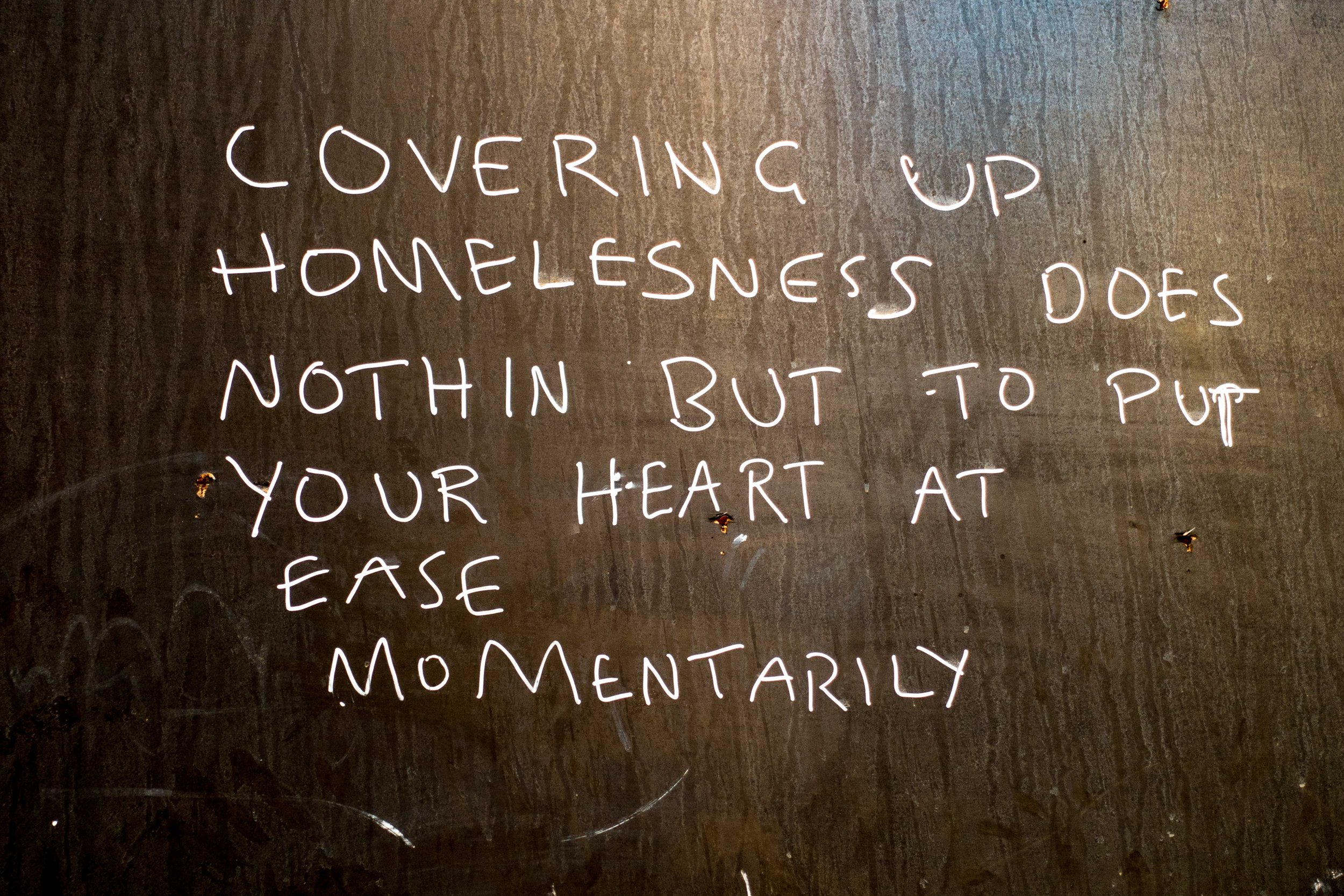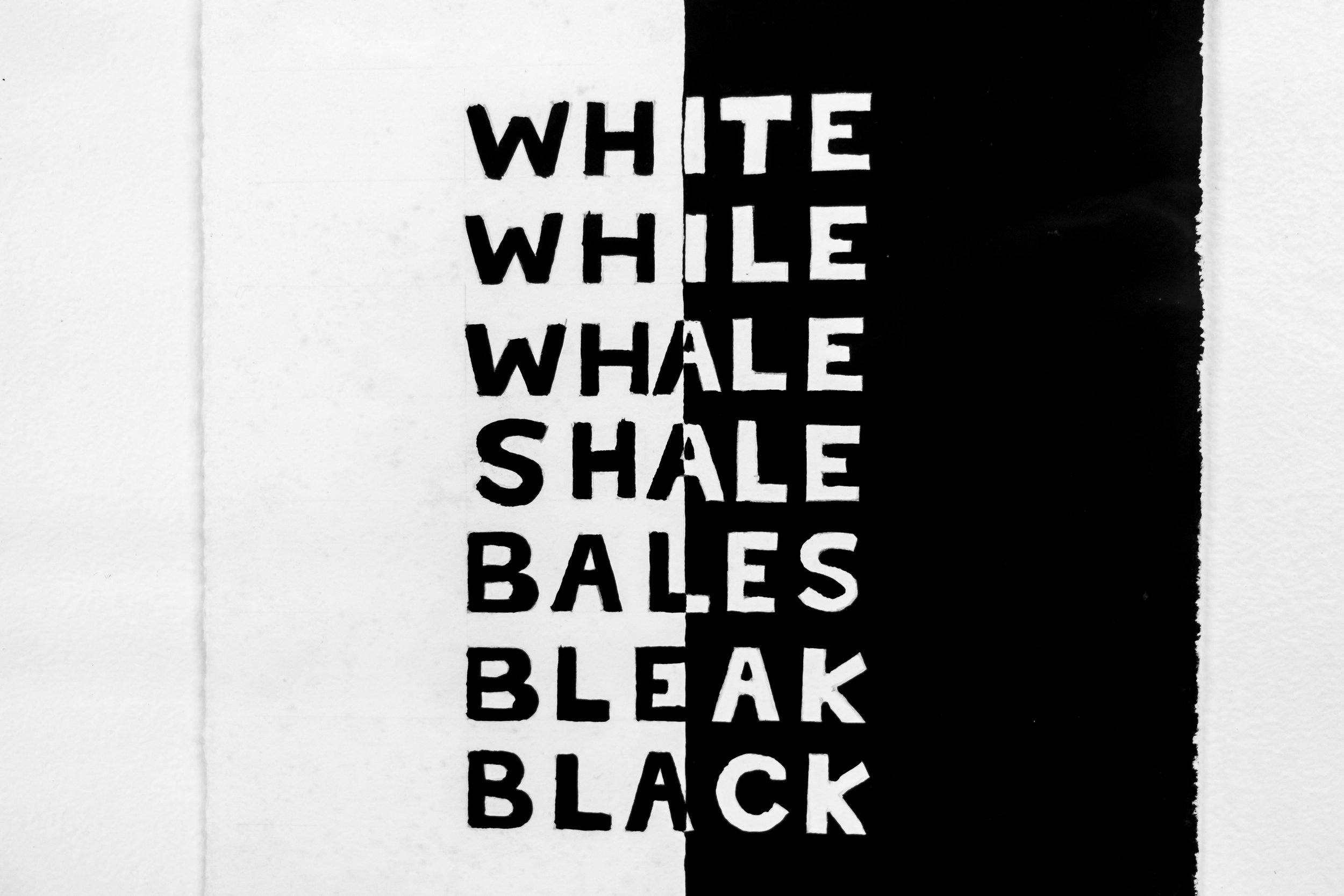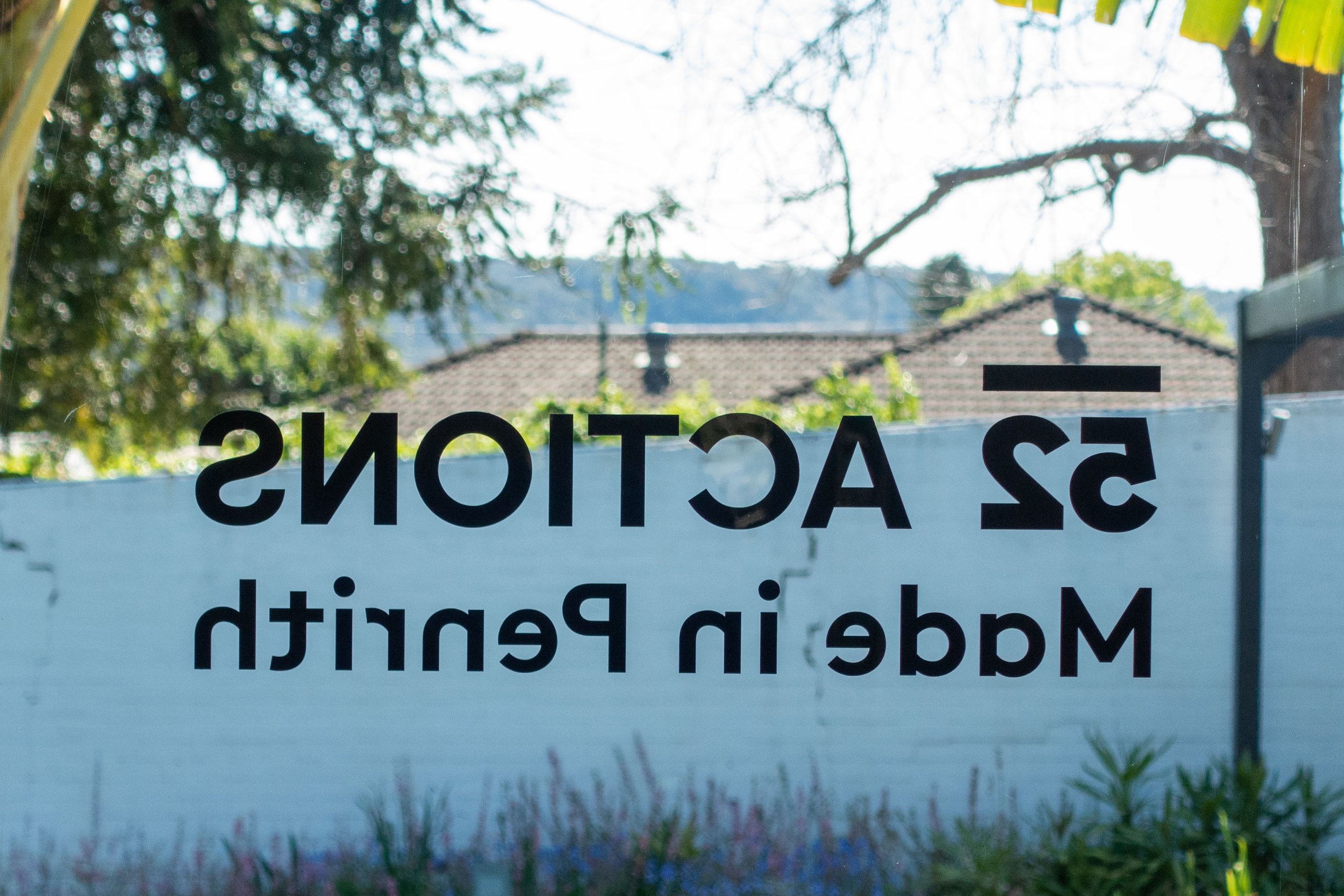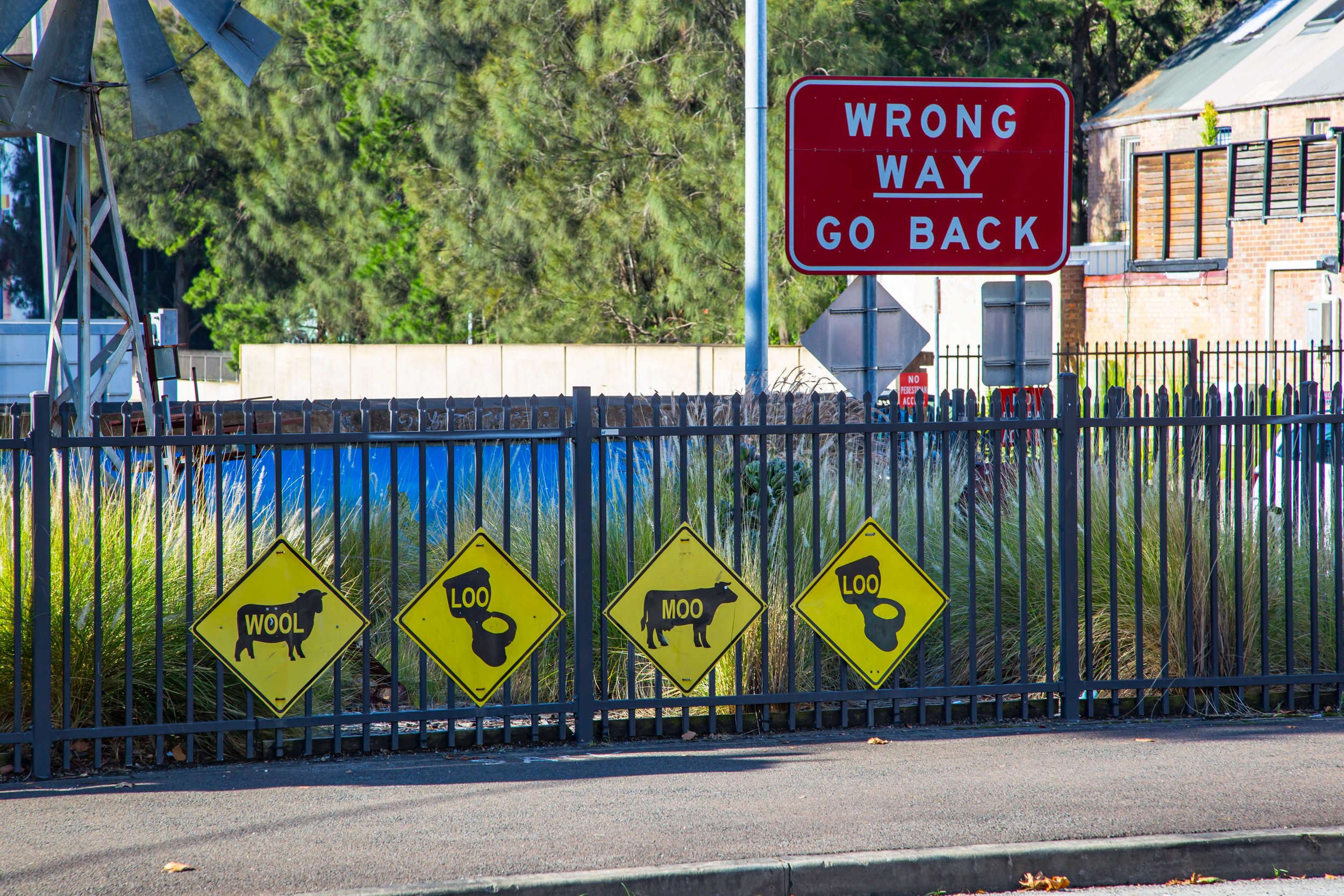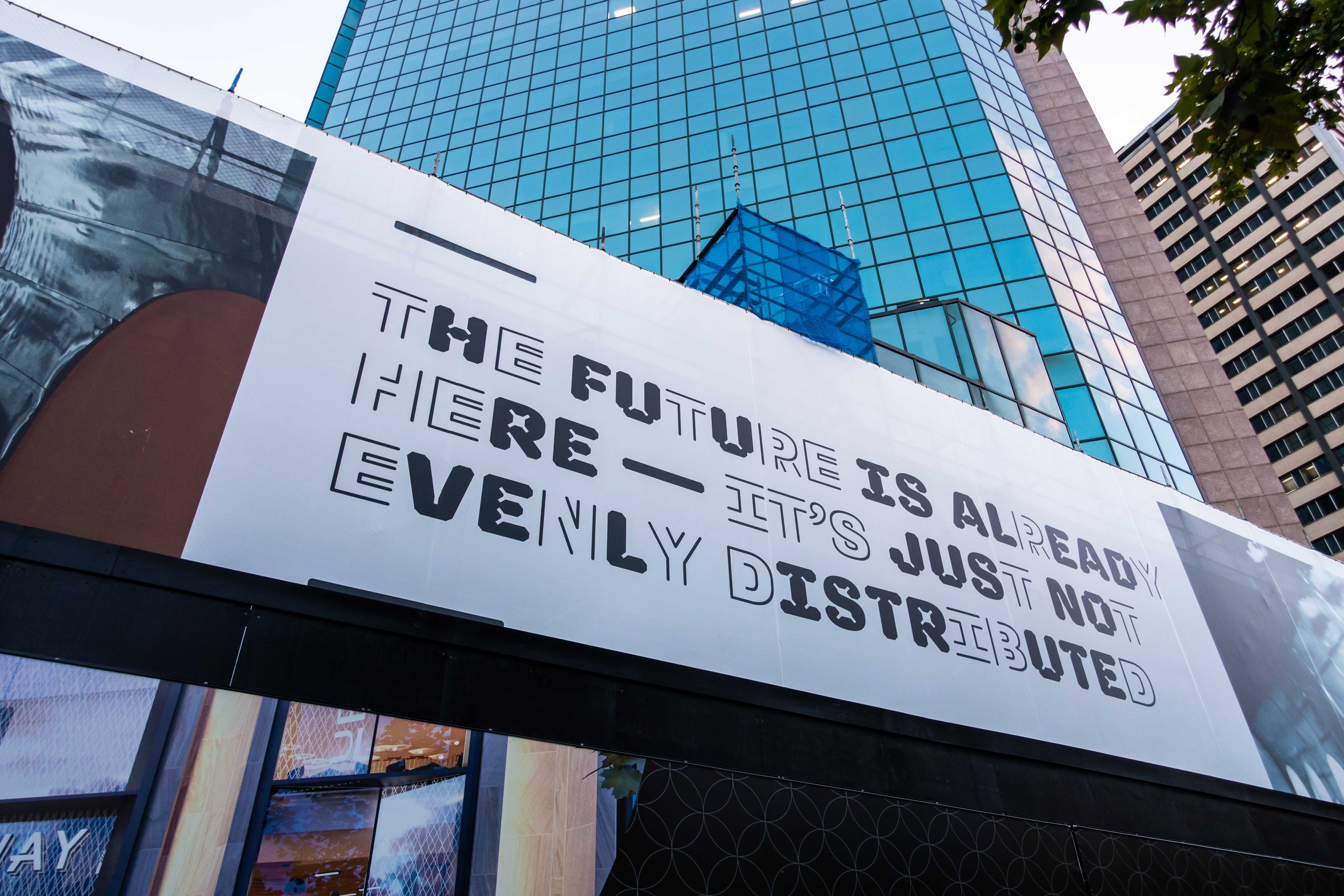Plato says we are uneducated unless we know how to read and swim. If you are reading this there is much you already know about the English language, regardless of whether or not English is your first language and whether or not you can swim. Amongst the many benefits of being able to decode and lift the spoken word from the written page of any language is that it exercises your brain and maintains its plasticity in acquiring new knowledge and learning how to do new things.
But before you get too comfortable with your own achievements you should know a skills report conducted in 2022 by the Australian Industry Group (Ai Group), a peak national employer organisation, revealed that almost 75% of the businesses surveyed were affected in some way by low levels of literacy and numeracy. How is it possible so many students who have attended school for 12 years enter adulthood without being able to read proficiently?
A staggering 43% of Australia’s adult population, or seven million people struggle with literacy. A further 53%, or 9 million Australians[2], are also challenged by common numeracy, unable to interpret a timetable, calculate change or follow a detailed recipe. SBS Lost for Words, new season September 2022.
STAY (Ngaya ngalawa) artist Jenny Holzer, 8 Chifley Square, Sydney, NSW. Photo: Michael Mangold 2021.
Reading for professional purposes and personal pleasure is one of the most rewarding and satisfying things you can do to enhance your brain’s neurological network capacity, strength and agility, in memorising, learning, recalling, thinking, and communicating. ‘We learn to read to read to learn’ as the saying goes. But what if your education has been neglected and you’ve been written off as a statistic; one of those who can’t read proficiently? School is compulsory in most countries on the basis that education is a right under the United Nations General Assembly, International Covenant on Economic and Cultural Rights. So how is it possible so many students during their school years and beyond into adulthood do not know how to read proficiently?
Tree Failure Hyde Park, Sydney, NSW. Photo: Michael Mangold 2021.
The first years of school, typically 5 to 7 years of age, are critical in teaching children how to read proficiently. Unfortunately as education reporter Emily Hanford reveals in her Sold A Story podcast, schools in the US, UK and other developed countries such as Australia, the mechanics and techniques of teaching and learning how to read have been sidelined for decades in favour of a curriculum and process focused on ‘whole-word method’ of cues and clues, an inefficient process of trial and error reliant on guessing. A third of fourth graders in the US read poorly as a result and two thirds of fourth graders in the US overall are not proficient readers. The situation in Australia is similar for basically the same reasons. Forty percent of 15 year olds in Australian schools cannot read proficiently.
While Australia’s reading performance in PISA (the OECD-run Program for International Student Assessment) 2018 was similar to that observed in 2015, when considering a longer period, mean performance in reading has been steadily declining, from initially high levels, since the country first participated in PISA in 2000. Pisa report 2018.
Learning how to read is a methodical step by step process but when proficiency is reached it becomes a virtuous cycle of continuous improvement. There is always more to learn by reading, including as it happens, the opportunity to learn about the science and language of reading itself which is what I did recently by signing up for La Trobe University’s Science of Language and Reading – An Introduction online course. If you keep reading this you will see I’m very glad I did. You will also discover how important the word how is in learning how to read. A process which begins in the womb with the baby’s recognition of the sounds of the mother’s voice. Listening and vocalising sounds are biological, reading is not.
Our Ancestors Are Always Watching, artist Barbara McGrady with John Janson-Moore, Ngiyaningy Maran Yaliwaunga Ngaara_Li, Nirin Biennale Of Sydney 2020, Campbelltown Arts Centre, Campbelltown, NSW. Photo: Michael Mangold 2020.
Hearing the mother’s voice from inside the womb is the beginning of phonological awareness; the ability to recognise, recall and respond to spoken language. The development of increasingly expansive and intricate neurological paths for listening to and differentiating individual sounds, is a precursor for learning how the letters of the alphabet correspond to sounds. Learning to read repurposes and reshapes neurological pathways in our brains allowing us to adapt and utilise our facial recognition skills to differentiate, memorise and recall relationships between individual sounds (phonemes) and individual and combinations of the letters of the alphabet (graphemes), instantaneously and appropriately.
I have mostly forgotten how I learnt to read. The fact is a generation ago curriculum authorities in advanced countries such as the US, UK and Australia, also forgot how they learnt to read. They assumed reading like speech was biologically ingrained and something children could learn through exposure to the written form of spoken words aided by pictorial cues and meaning clues in the contexts of ‘whole-word method’ first reader books. The whole-word method is akin to teaching a child to swim by taking them to a swimming pool, letting them watch a competent swimmer, showing them pictures of children swimming proficiently, and then throwing them in. Sink or swim lessons don’t work for beginner swimmers and they don’t work for beginner readers.
Everything is A OK, artist unknown, Lavender Bay, Sydney, NSW. Photo: Michael Mangold 2016.
Learning to swim, and learning to read, take time and they both require explicit and systematic instruction. Professor Pamela Snow and Associate Professor Tanya Serry co-founded the Science Of Language And Reading (SOLAR) Lab at La Trobe University in 2020. The online courses they have designed are exceptionally good. They have given close attention to every aspect of the student’s’ needs, contextualising both content and delivery to optimise relevance, value, accessibility, affordability, motivation, satisfaction, and results. They practice what they teach with explicit and systematic instruction, cognisant and careful in nurturing enduring long term learning by avoiding memory overload with each weekly ninety minute session for four weeks. The course structure is a study in itself, showing what intelligent design can achieve if you know your audience, why it’s important to reach them; and how.
Pam Snow chooses her words carefully but speaks with the confidence, precision, empathy and fluency of someone who knows exactly what she is talking about and how best to share her knowledge. The relationship between speech and reading is profound. The chasm between learning to talk biologically as a child and being able to assemble sentences methodically on paper by attaching letters to sound and so as to connect with others by sharing them, is so vast it only happened six thousand years ago. The written word enlightened our world technologically, psychologically and socially on a scale commensurate with the invention of fire. Fire harnessed heat. Mealtimes became more varied and food more palatable. The alphabet harnessed speech. Stories could be shared, conversations and culture could be recorded, developed, deepened and diversified.
Stage Door Fire Exit, Stables Theatre footpath, Nimrod Street, Kings Cross, Sydney. Photo: Michael Mangold 2015.
Fast forward to February 2023 and sitting in class at home ready for Session 1 of The Science and Language of Reading - An Introduction, the first of the once a week SOLAR webinar in the four week online course. The first sixty minutes of each webinar is a tutorial based on the slide deck made available several days in advance, including a weekend which for full-time teachers, especially parents, must be convenient and motivating in its consideration of their overburdened classroom and family schedules.
I have two degrees and a diploma. They are each education-related. I have formal teaching qualifications and current teacher accreditation applicable in NSW primary and secondary schools. I love learning and sharing knowledge and ideas but strictly speaking I am not a teacher. I have only ever depended on teaching for an income periodically. Although it should be said my career in business has always involved researching, writing, producing, presenting and sharing information, knowledge and instruction of various kinds in a variety of formats for many different types of audiences. It is fair to say training and education have been significant elements of my skills set throughout my career.
I am not completely sure why I took on this course but the enthusiastic reviews and recommendations on social media, especially on Twitter, had a lot to do with it. Pam Snow (@PamelaSnow2) has more than 20K Twitter Followers and Tanya Serry (@tserry2504) has more than 2K. Their visibility on social media is a preview of their understanding and use of technology in producing and presenting the course. It makes the authenticity of their course(s) shine and helps explain the exponential growth in demand without budgets for marketing.
Pam Snow’s statement “AI is coming” in Session 1 underlines the key objective of this course which is to reset the teaching of reading in order to give children the best possible start and educational foundations to develop, adapt, and maintain skills throughout their lives in a technology-driven world. Pam and Tanya Serry have positioned themselves on the front line fighting for a fundamental human right, the right of every Australian child to be taught how to read. and as academics committed to precisely defined educational objectives accessibility and intellectual rigour.
Smart Loop, car park Westfield Shopping Centre, Chatswood, Sydney, NSW. Photo: Michael Mangold 2018.
I have attempted two teaching-related post-graduate certificate courses in the past two years. One to add a practicum to my major in Drama at UNSW and the Graduate Certificate in TESOL and Applied Linguistics at UTS. In both cases I withdrew before the cut-off date. Neither by the way would qualify with the NSW Department of Education as professional development not because the courses do not meet the required standards but simply because even accredited casual relief teachers in high demand are not entitled to register their professional development. A huge barrier for lifelong learners with accredited teaching qualifications. I digress.
English Corner, University of Sydney, Sydney, NSW. Photo: Michael Mangold 2018.
I, like everyone, had to learn how to read. I do remember being taught to recite and write the letters of the alphabet by sounding them out aloud, memorising them, and then painstakingly forming each letter of the alphabet on paper by watching and copying what the teacher was writing on the blackboard. Reading like swimming is biologically secondary. The lessons of both have structures, steps, stages. Learning to read like learning to swim doesn’t happen automatically.
Reading is a transformative experience. But it is also a “biologically unnatural” process humans have been doing for only a brief time in evolutionary terms. Unlike acquiring spoken language, children need to be taught how the English writing system works and how to master the code for both reading and spelling. Snow & Serry 2019.
A key reference for this course Reading in the Brain The New Science of How We Read by French author and cognitive neuroscientist Stanislas Dehaene, director of the Cognitive Neuroimaging Unit in Saclay, France, and the professor of experimental cognitive psychology at the Collège de France. This book reveals research from MRI scans showing where and how the neurological pathways for reading develop and how different areas of the brain adapt, interact, and store, interlace, cross reference and make language learning experiences and knowledge instantly accessible.
The peculiar characteristics of the primate visual system explain why reading does not operate like a fast and efficient scanner. As we move our eyes across the page, each word is slowly brought into the central region of our retina, only to be exploded into a myriad of fragments that our brain later pieces back together. It is only because these processes have become automatic and unconscious, thanks to years of practice, that we are under the illusion that reading is simple and effortless. Dehaene, 2019.
Cognitive neuroimaging makes the case for explicit and systematic phonics instruction irrefutable. It relegates to the dark ages the whole-word approach to teaching children to read by memorisation and visual clues. Oral language skills (listening and speaking) are biologically primary skills, birthrights. Reading as a biologically secondary skill is subject to the well known socio-economic pressures, inequities and inequalities. All of which underline the importance of teaching reading on the basis of explicit and systematic instruction in school classrooms from the outset to inculcate an informed, thoughtful, progressive and democratic society characterised by independent learning and thinking.
Covering Up Homelessness, artist unknown, vicinity of The Lock Up Space, Hunter Street, Newcastle, NSW. Photo: Michael Mangold 2018.
Session 2 is focusing on The Simple View of Reading Gough & Tunmer, 1986 is led by Tanya Serry with Pam monitoring the Chat and Q&A streams to keep up with student interaction and select the questions posted most often in readiness to provide responses in the final thirty minutes of the session. This is a reading lesson like no other for teachers of reading. It comes down to an equation every bit as important as E = mc2. D X LC = RC where D is Decoding, LC is Language Comprehension, and RC is Reading Competency. Tanya then introduces us to The Reading Rope Scarborough, 2001 and shows us how its strands are woven together, and how to climb it.
At the end of Session 2 my mind is buzzing, my mental lexicon is glowing and my posts on Twitter and comments on Instagram for example are radiant with renewed interest, energy, relevance and acuity. Wordplay in all of its permutations depends not just on inspiration but an awareness and knowledge of language’s foundations and rules, for successful and satisfying interaction.
White Black, Be Polite, artist Gordon Bennett, Vancouver Contemporary Art Gallery, Vancouver 2017, Canada. Photo: Michael Mangold 2017.
In the beginning was the Word, and the Word was with God, and the Word was God. John 1:1
In Session 3 Pam Snow tells us the Black Death 1346-1352 caused services to shift from Latin to English because the pandemic meant there simply were not enough priests. The first mass production of a book, the bible, by Johann Gutenberg in 1455, was a new beginning for God and the Word because it opened the way for people to read it for themselves and for reading and writing instruction, including conventions of spelling. God’s Word publishing monopoly also diminished over time like sand slipping through an hourglass in an inverse relationship with reading instruction.
Pam reminds us the world of language is vast and complex and that to reach our destination, especially with students onboard, teachers of reading ‘need to know about how language works “under the bonnet”. She shares and explains the terminology on our map, wonderful words, increasing our knowledge, skills and vocabularies; orthography, morphology and etymology. She also reminds us the English language has a very fine engine and is much easier to drive than uninformed misconceptions would have us believe. The alphabetic principle and English orthography, for example:
Alphabetic Principle = The notion that sounds (phonemes) and letters (graphemes) map to each other in a (more or less) systematic manner
50% of words in English are directly decodable from their written form and a further 36% violate only one sound-letter rule (usually via a vowel)
10% (of English words) can be spelt correctly if morphology and etymology are taken into account
fewer than 4% of words (in English) are truly irregular
52 Actions Made in Penrith, exhibition, Penrith Regional Gallery 2022, Penrith, NSW. Photo: Michael Mangold 2022.
By the beginning of Session 4, the fourth and final webinar in this course, the case for phonics based explicit and systematic instruction being fundamental and essential in teaching people of all ages how to read, is irrefutable, incontestable, unequivocal, unassailable, undeniable, apodictic, and certain. But knowing the ‘whole-word’ method is still being practiced, and that the role of phonics in teaching of reading is often partially or completely misunderstood and resisted, Pam and Tanya, make a final address to the jury to ensure participants in this course leave with the conviction and commitment they need to defend their teaching of reading, including reference to this seismic shift:
… NSW has recently brought forward significant changes in its curriculum that emphasise understandings of literacy aligned to the science. This includes a systematic and explicit focus on phonics, spelling, vocabulary and comprehension. They have also invested in curriculum resources and leadership positions to help schools make the changes to their instruction.
Woolloomooloo, artist Richard Tipping, Cathedral Street, Darlinghurst, Sydney, NSW. Photo: Michael Mangold 2023.
Literacy as easy as A,B,C? Not in all Victorian schools The Age, Opinion, 18 February 2022, by Dr Nathaniel Swain. A prep teacher and instructional coach at Brandon Park Primary School in Melbourne’s South East and the founder of Think Forward Educators, a community of teachers committed to using the Science of Learning to address educational inequities.
The Future is Already Here, Biennale of Sydney 2016, Circular Quay, Sydney, NSW. Photo: MIchael Mangold 2016.
The Science and Language of Reading - An Introduction is singularly the most well rounded course and instructive course I have participated in, in a very long time. At UNSW in my undergraduate degree in Drama, senior lecturer Dr Jean Wilhelm from the US who became the first professional woman to direct a play in Australia, told us the most powerful word in the English language is “no”. Pam Snow’s ‘no’ is unstated but the ‘whole-word’ method and the increasingly high, insidious and pervasive levels of illiteracy amongst children and adults are inequitable, unacceptable and unnecessary in any educated, thinking country. There is more to learning how to read than what meets the eye.
LINK

